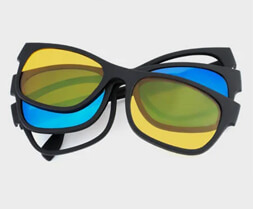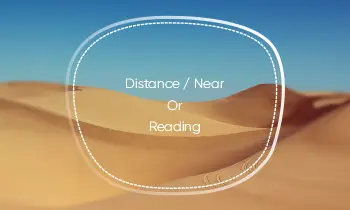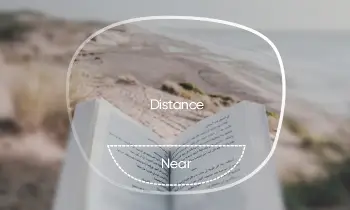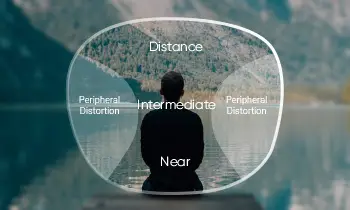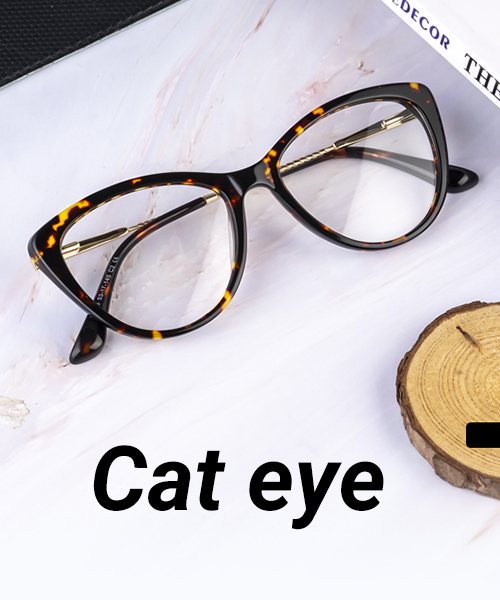Many people want to convert their eyeglass prescription to reading glasses. You can skip the calculation process mentioned in this article and contact your eye care professional directly; there is no problem with this. But, of course, if you want to understand the whole conversion process clearly, you can continue reading below. This is the primary purpose of our popularization of this process.
Optometric examination
Before choosing your eyeglasses, we go through an optometric examination, at the end of which the eye care specialist will handwrite or print out a copy of your eyeglass prescription form. This contains all the data and information you need for your eyeglasses prescription. Of course, if you want to know what each piece of data means, you can refer to our How to Read Your Prescription.
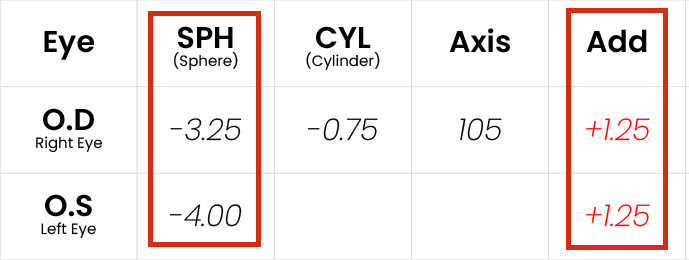
Prescription conversion
The primary prescription (shown above) data that need to be used for the conversion process are sphere (SPH) and ADD, and you only need to know the addition of numbers. It's that simple! You don't even need to know what they mean. So how to convert eyeglass prescriptions to reading glasses? See the formula below.
The calculation for conversion of progressive eyeglass prescription to reading glasses:
Sphere (SPH) + ADD = New Sphere (Reading)
Is it straightforward? Of course, there are some notes.
- The addition in the formula above must be summed with the sign.
- The left and right eyes are calculated separately.
- If astigmatism (CYL) and Axis data are available for left and right eyes, please keep them the same.
We provide some helpful examples here to illustrate this conversion process more clearly. For example, suppose your eyeglass prescription has a sphere (SPH) -1.75 and ADD 2.25. The new Sphere (SPH) based on the formula above is the original SPH (-1.75) plus the ADD (2.25), resulting in 0.50 (usually, the prescription is kept to two decimal places). This is the Sphere (SPH) data for reading glasses. If there is astigmatism (CYL) and Axis remains the same.
Another example is if you have a Sphere (SPH) that is 3.00 and ADD is 1.75, the same formula as above, using the original Sphere (SPH) (3.00) plus the ADD (1.75), results in 4.75. It is the Sphere (SPH) of your reading glasses. Again, if there is astigmatism (CYL) and Axis should be kept the same. Isn't it simple?
Finally, two sets of prescriptions are listed. One is the prescription for glasses before the conversion, and the other is the prescription for reading glasses after the conversion. You can try the calculation yourself.
Eyeglasses Prescription

Reading glasses after the conversion
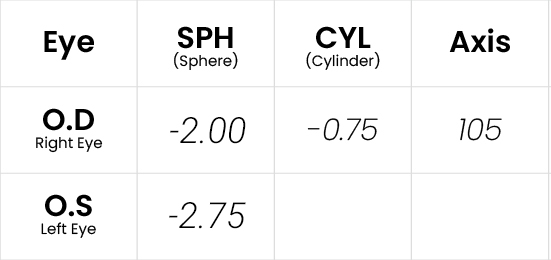
What is farsightedness?
Nearsightedness and farsightedness are both forms of refractive error. However, unlike nearsightedness, farsightedness refers to a refractive state in which parallel light beams are refracted through the relaxed eye and imaged behind the retina, and farsightedness occurs when the refractive power of the eye is insufficient, or its axis length is insufficient.
Because the optical focus of a farsighted eye is behind the retina, in order to see distant objects, the focal point behind the retina has to be moved to the retina using the power of accommodation, so it is usually corrected with a convex lens. In nearsightedness, the optical focus is in front of the retina, and a concave lens is needed to correct it.
So when we look at a nearsighted person through a nearsighted lens (concave lens), we will see that his eyes are reduced in size; through a farsighted lens (convex lens), we will see that the eyes have a magnifying effect. Moreover, the higher the prescription, the smaller the eyes of the nearsighted person will shrink when looking through the glasses, and the larger the eyes of the farsighted person will be magnified.
What are the symptoms of farsightedness?
1. Visual fatigue. Because farsightedness must mobilize the eye muscles to adjust the role of both far and near vision, it is easy to produce visual fatigue when reading, writing, or doing other close work. It can be manifested as blurred vision, heavy eyes, pressure, soreness and swelling, pain in the deep part of the eyes, or headache of different degrees.
2. Ocular changes. With moderate and high farsightedness, there are often varying degrees of changes in the anterior segment and fundus of the eye. Common symptoms include a smaller eye with a mildly sunken appearance, a shallow anterior chamber, and a smaller pupil. The need for frequent adjustment leads to conjunctival congestion, which can be accompanied by chronic conjunctivitis, blepharitis, and blepharitis.
3. Systemic symptoms. In addition to the tendency to cause visual fatigue, farsightedness can sometimes cause systemic symptoms, especially neurological changes.
4. Complications. Rare complications, such as strabismus and amblyopia, may occur in farsightedness. At a young age, severe farsightedness may lead to diplopia in children due to hyperfocus.







